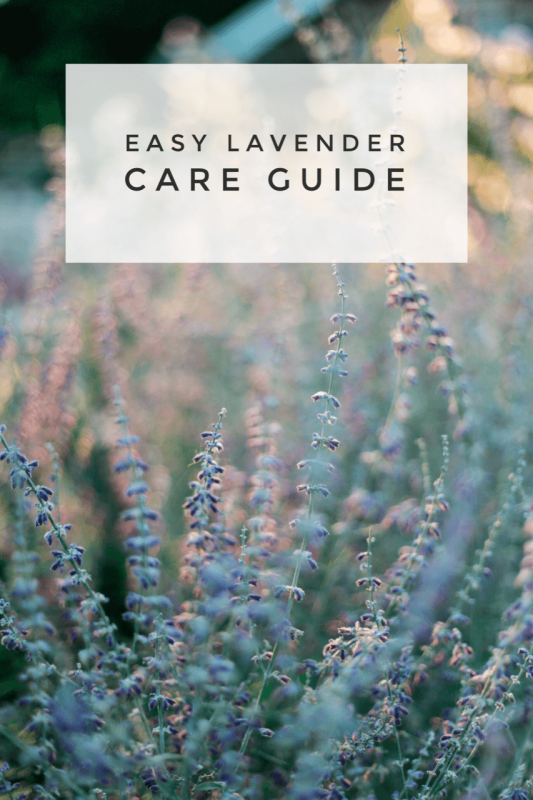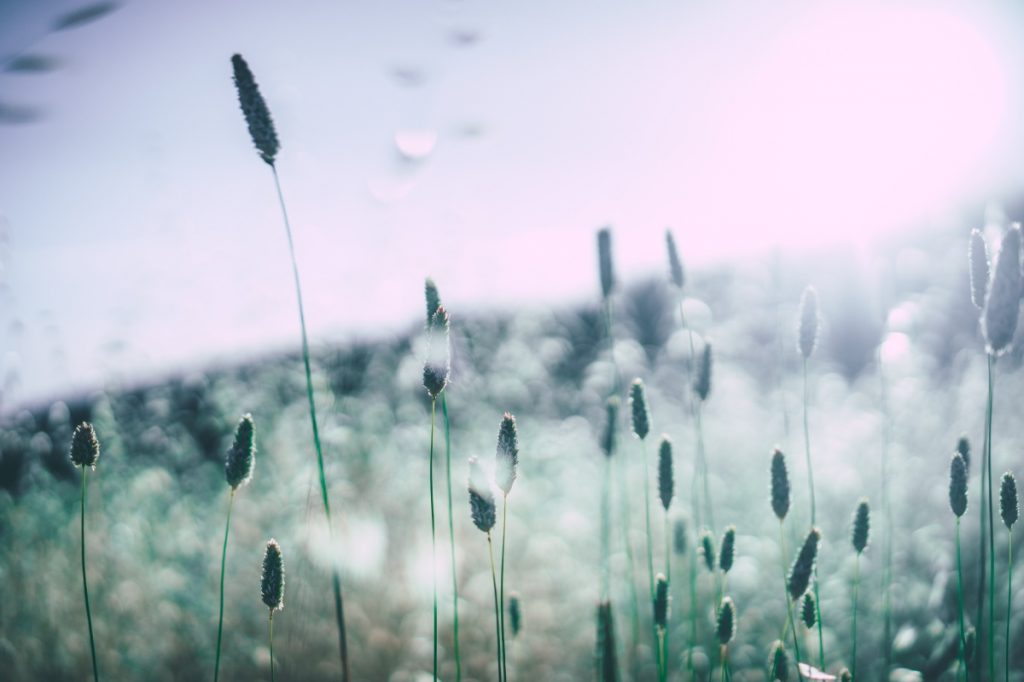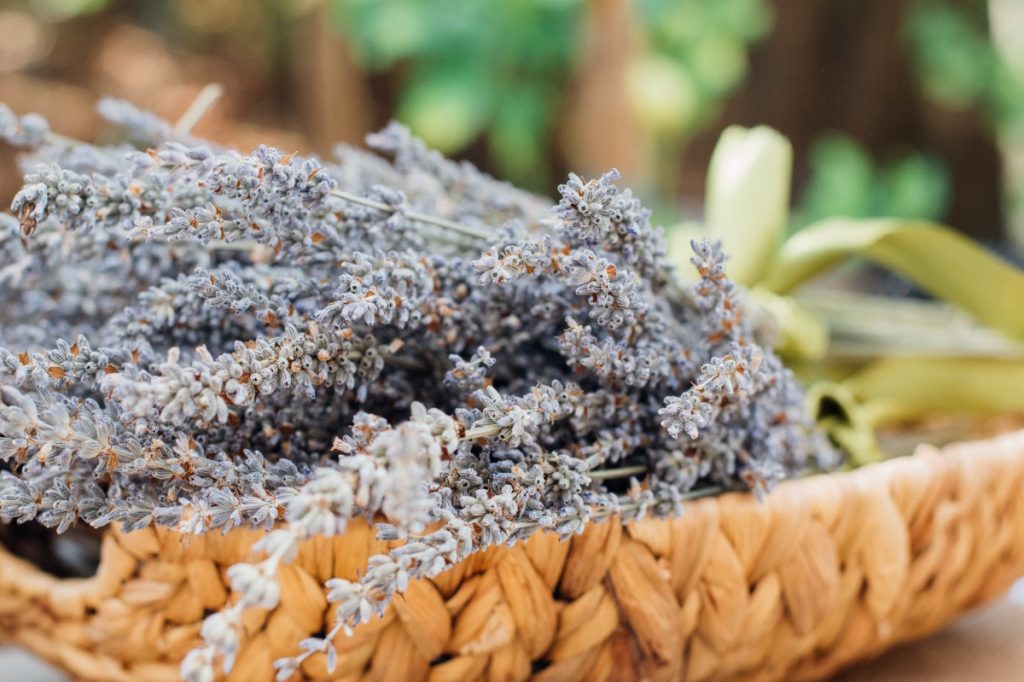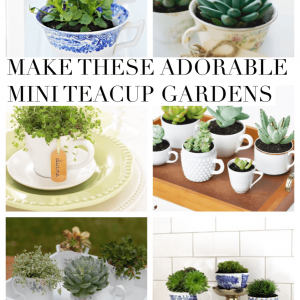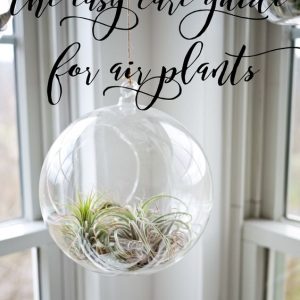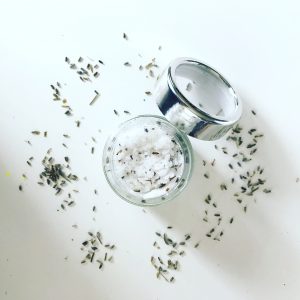Lavender is such an elusive plant! And it can be difficult to grow in certain environments but with easy to follow handy care guide, you can get perfectly healthy lavender with gorgeously scented blooms! Here’s how.
The first step is choosing the right lavender for your location. I’m in Zone 9 where it’s hot and humid. French or Spanish Lavender is much better for these locations. If you are in a colder area, go with English Lavender which is more cold resistant. There are also species from around the world – like Greece, Egypt and more.
Most lavender when tended to correctly can live to be about 15 years old but it will get woodier as it ages. It requires regularly deadheading and additional pruning but since it needs less water than your average flower, it’s lower maintenance from day to day.
Sun
Lavender needs full sun. So plant in the middle of your yard or somewhere nice and bright. Partial sun is just not as good and indoors is out of the question.
Water
Lavender is drought resistant and naturally grows in rocky environments. That being said, lavender needs a moment to heal when it’s transferred to a new environment. Be sure to water it everyday until it takes new roots. Once it’s established in its new environment, allow it to dry in between waterings. Two – three waterings per week should suffice. Of course, this will depend on how rainy your location is.
I have also read that lavender can get sick from too much splashback from rain. This is especially true in winter rains.
Soil
Choose well draining soil for your lavender. Lavender doesn’t love clay based soils (that’s what we have in Houston) and prefers a more alkaline soil. Cactus soil is a great choice if you are purchasing from a gardening center. You can also add small rocks to improve the environment for your lavender. The recommendation is 1/3 rock to 2/3 soil – or a little more rocks that these measurements.

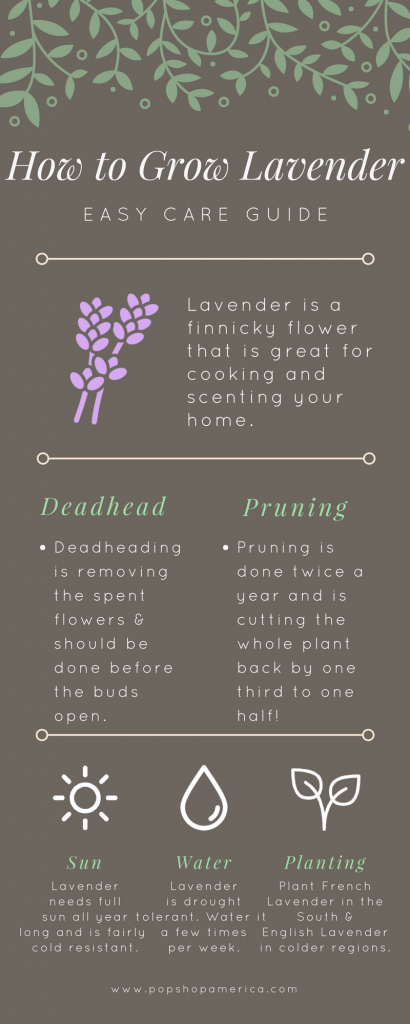
Containers vs. Ground
Whether you plant your lavender in a container or in the ground is really based on your needs, your location, and especially the quality of your soil. Since I’m in Zone 9 where the soil is clay and very wet, a container is the way to go. But if you are in the Pacific Northwest for example, the ground might be a perfect environment.
Whether you are planting in the ground or in a container, use all the steps above with sun, watering, and soil, to create the perfect environment.
Deadheading
Always deadhead your lavender before the buds begin to sprout. This will keep your lavender generating new gorgeous buds throughout their season. Deadheading is when you clip the spent flowers just above the top most healthy set of leaves. It’s important to do for any flowers and especially lavender.
Pruning
Lavender also needs a bit of additional pruning. Once at the beginning of spring (early March) and once at the beginning of fall (early September) trim your entire lavender plant – including all it’s flowering shoots back 1/3 to 1/2 of it’s original size. The entire plant should be cut back – all the shoots and 1/3 or so of the greenery too. Here is a great video tutorial.
Harvesting & Drying
Dry lavender is a great way to use it in food or to scent your home. To dry it, tie bunches together with ribbon or string and hang it upside down in a cool, dry, and shady spot.
Love Plants?
Make a Terrarium | How to Deadhead Flowers | DIY Flower Crown Planter
Let’s Stay Friends!
Insta | Pinterest | Enews | TikTok



